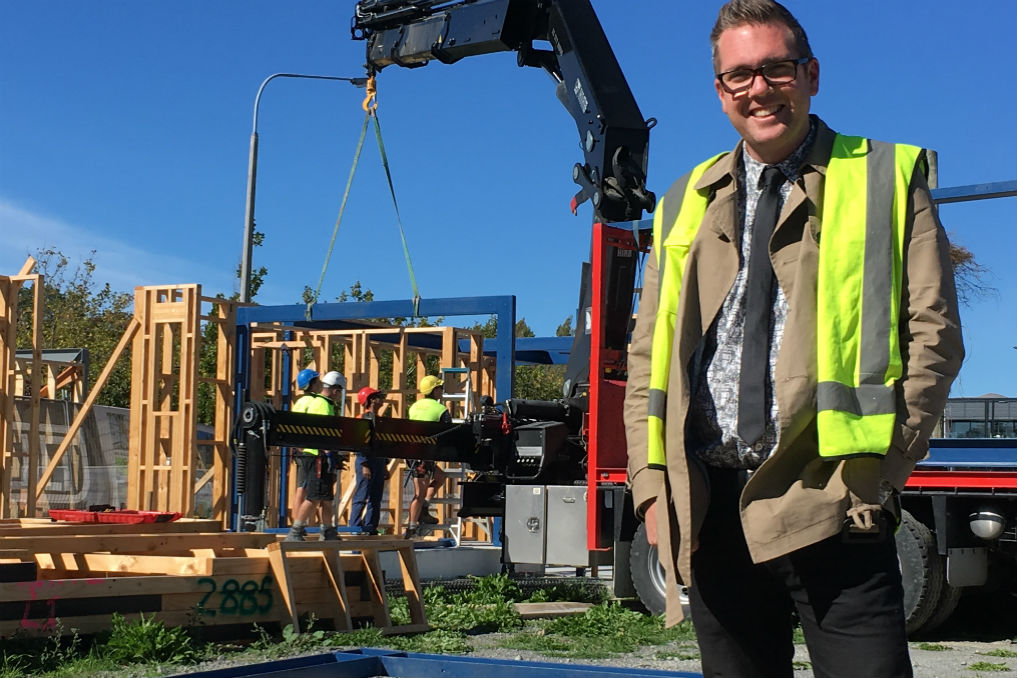New Zealand's leading professional bodies for architects and architectural designers say the widespread practice of product substitution across the building sector conflicts with recent changes to consumer rights and increases the potential risks and liability for the designer.
ADNZ (Architectural Designers New Zealand) and NZIA (New Zealand Institute of Architects) are calling for an end to the practice given recent changes to consumer protection legislation and the introduction of the Health and Safety at Work Act, which has clear roles and responsibilities for designers.
The Ministry of Business, Innovation and Employment (MBIE) website states, "in some cases, products substituted after building consent has been granted have been unauthorised, have no evidence of compliance with the relevant Building Code requirements, and invalidate various contract conditions and warranties".
ADNZ Chief Executive Astrid Andersen says its imperative home owners follow the advice of a professional member of ADNZ or a registered architect, in selecting a builder they can trust.
"The registered architect and architectural designer spends considerable time working with the homeowner to develop and agree the design, product choices and overall building performance. Many products are part of a system, so when it comes to tiling or membrane products for waterproofing if someone decides to use a different type of glue than was specified, then the whole system can be compromised. It may not happen immediately, but it can be the cause of major issues in the future."
A recent survey conducted by EBOSS - a New Zealand on-line architectural product library - shows around 70% of builders and other construction professionals admit to swapping out registered architect and designer specified products. Reasons for substitution include personal preferences and opinions around product performance and costs.
Teena Hale Pennington NZIA Chief Executive says when products are sealed inside walls such as insulation and sound proofing, product substitution is hidden away from home owners. This makes it hard for home owners to be certain that they have received what they agreed with their registered architect or designer and what they have paid for with their builder. Chances are they may not be getting the intended functionality and performance outcomes expected when such changes are made.
"We're not questioning the skill and expertise of builders or their ability to solve on-site challenges. They are an important part of the team. We are wanting certainty for registered architects, designers and consumers. Product substitution done in isolation without communication and engagement of the registered architect, architectural designer and the consumer, increases the risks and liability for designers and it can be the cause of unintended consequences for homeowners. Any decision to substitute products should be agreed with designers and homeowners, otherwise the consumer isn't informed or getting what they have paid for."
Visit http://www.adnz.org.nz/ or https://www.nzia.co.nz/ for more information and contact details or members.





